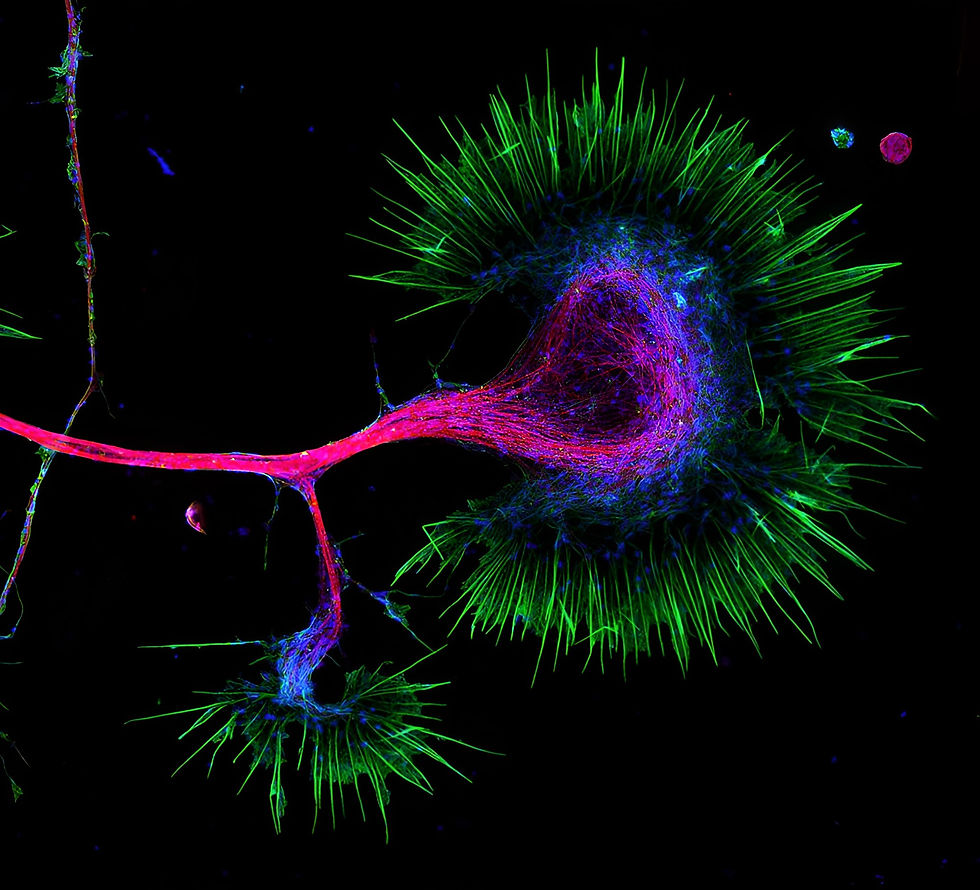Material Science
- gpq3gb06x64j
- Aug 24, 2022
- 1 min read
Because we're living in a material world
Analysis of the structure and function of existing and development of new materials are central objectives in material science. Due to the small size of the material’s building blocks, conventional light microscopy is frequently insufficient. For this reason, electron microscopy and near-field microscopy were important tools for material science. Today, 2D and 3D super-resolution approaches like STED and MINFLUX facilitate material science research in various experimental systems. Most importantly, due to the use of light microscopy, the analysis of the materials can be done without sectioning and without changing the properties of the materials.
Abberior offers several unique microscope features which facilitate material sciences imaging at the highest possible resolution:
MINFLUX imaging mode for resolutions down to 2 nm
MINFLUX single particle tracking with up to 10 kHz, i.e., 1 data point every 100 µs
Adaptive Illumination for super-resolution STED imaging at minimal light dosages
Lifetime imaging and advanced time-gating
Pulsed high-power STED lasers for best resolutions with 2D and 3D super-resolution nanoscopy
Detectors with superior detection efficiency (up to 65%)
Year | Journal | Author | Title |
2012 | Micron | D. Busko et al. | |
2019 | nature reviews chemistry | Silvia Pujals et al. |



Komentar